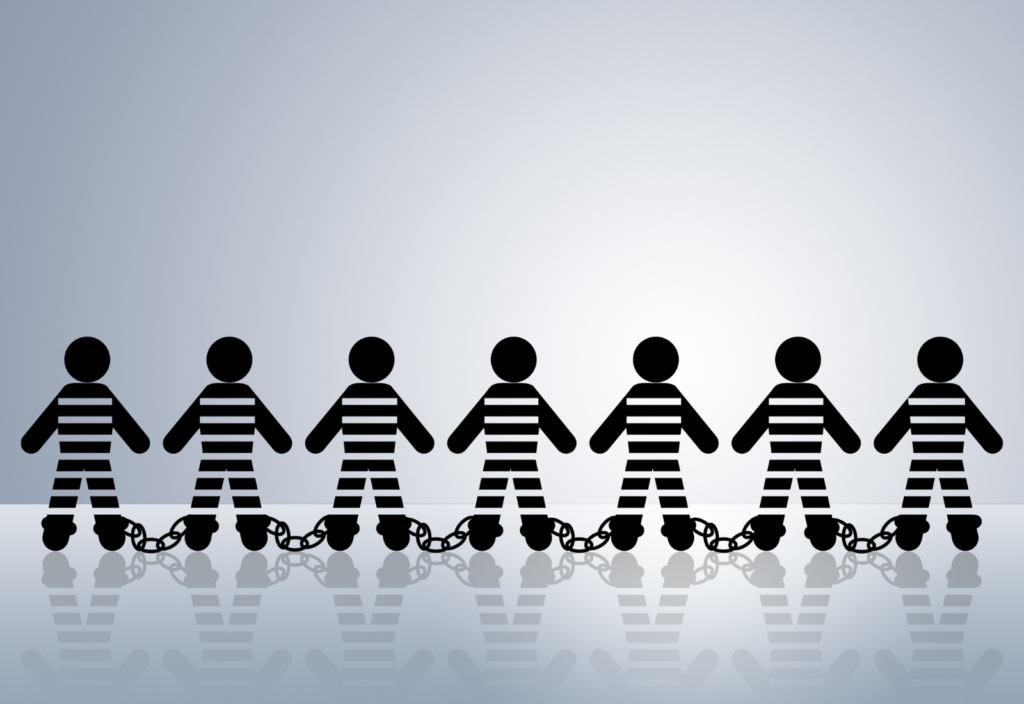Uyghurs for sale is the title of a landmark Australian Strategic Policy Institute (ASPI) report on the transfer programs that have seen workers from Xinjiang taken to other Chinese provinces to work as forced laborers. Is Uyghurs for export the next phase?
Labor transfer programs have been a critical component of Beijing’s Xinjiang policy, and have caused the Uyghur (and Kazakh, Kyrgyz, etc.) forced labor problem to transcend Xinjiang’s borders. In turn, these transfers have also complicated efforts to respond to the Uyghur forced labor problem, negating facile solutions that focus on limiting trade in goods originating in Xinjiang (which is not to say that identifying goods as made in Xinjiang is an easy task, especially in the face of efforts to conceal their origin). This reality is recognized by the Uyghur Forced Labor Protection Act (UFLPA), as we recently noted in Forced Labor: It’s Getting Real:
As we have previously explained, the Xinjiang forced labor problem transcends Xinjiang’s borders, with people from Xinjiang working under conditions of forced labor elsewhere in China. In addition to products made in Xinjiang, the UFLPA also prohibits the importation of goods made by entities that work with the Xinjiang government ‘to recruit, transport, transfer, harbor or receive forced labor’ from Xinjiang. What this means in practical terms is that a company that arranges to have Xinjiang laborers work at their facility in, say, Shenzhen or Shanghai, will be treated as if it was making its products in Xinjiang.
As the issue of Uyghur forced labor continues to gain visibility, it is likely that an increasing number of people in the United States and elsewhere will realize that the issue cannot be neatly separated from China trade generally. Most of the made-in-China products we consume are not made using forced labor—but it is practically impossible to rule out the possibility that a product was made using forced labor.
Growing understanding of the Uyghur forced labor problem as what it is—a China forced labor problem—will place even greater pressure on China trade. To other grievances such as intellectual property theft and market-access restrictions, now add forced labor. And while it may seem distasteful, it is important to stress that forced labor is not just a human rights issues: It is also an economic one, as those who extract forced labor gain a huge, unfair advantage over non-criminal competitors.
As Chinese-made products became increasingly subject to tariffs and duties, many Chinese suppliers decided to get out from under these by shifting operations to other countries, especially in Southeast Asia. In some cases Southeast Asia was a fig leaf for products made in China, which were simply transshipped via a third country. But without doubt there have been Chinese companies that have actually opened facilities in countries like Vietnam and Cambodia. And it is not just U.S. tariffs and duties that have driven them: Lower costs are attractive to Chinese businesses, just as they are to businesses from all over the world.
A shift toward Southeast Asia and elsewhere might be the next step in the Uyghur forced labor project. Chinese companies and their customers could accurately map out a supply chain that does not include material inputs from Xinjiang, reducing the chances of ending up on the radar of agencies such as U.S. Customs and Border Protection (CBP). Meanwhile, these businesses would get to enjoy the advantages of employing unpaid or underpaid workers, while the political objectives of the forced labor program continue to be pursued.
As mentioned earlier, a big part of why Chinese and other companies open up shop in Southeast Asia and other low-cost destinations is, well, the lower cost of doing business there. But there is a well-established practice of Chinese companies taking homegrown labor with them when they go abroad.
For countries firmly in China’s orbit, the presence of Uyghur forced labor at Chinese-owned operations is unlikely to cause much of a stir. In any case, local authorities may be unaware of or uninterested in the presence of Uyghur workers at factories.
To be clear, there is no indication that the export to other countries of Uyghur forced labor is taking place. At the same time, there is nothing that would prevent it, if the powers-that-be thought it was a course of action worth pursuing. Policymakers should not lose sight of this possibility.

























